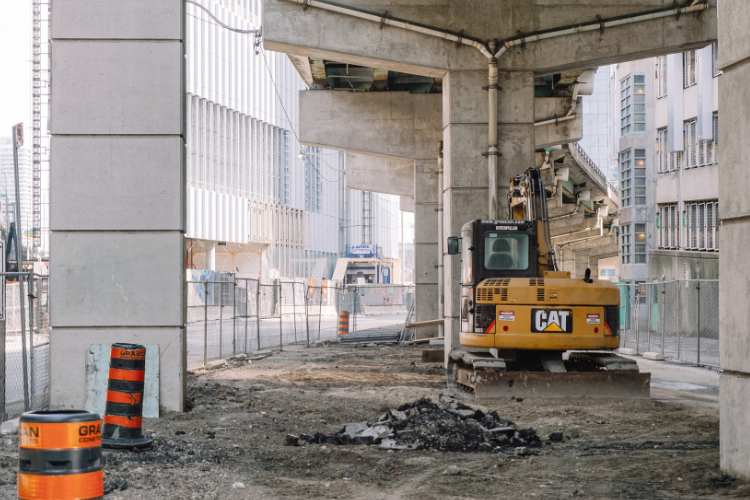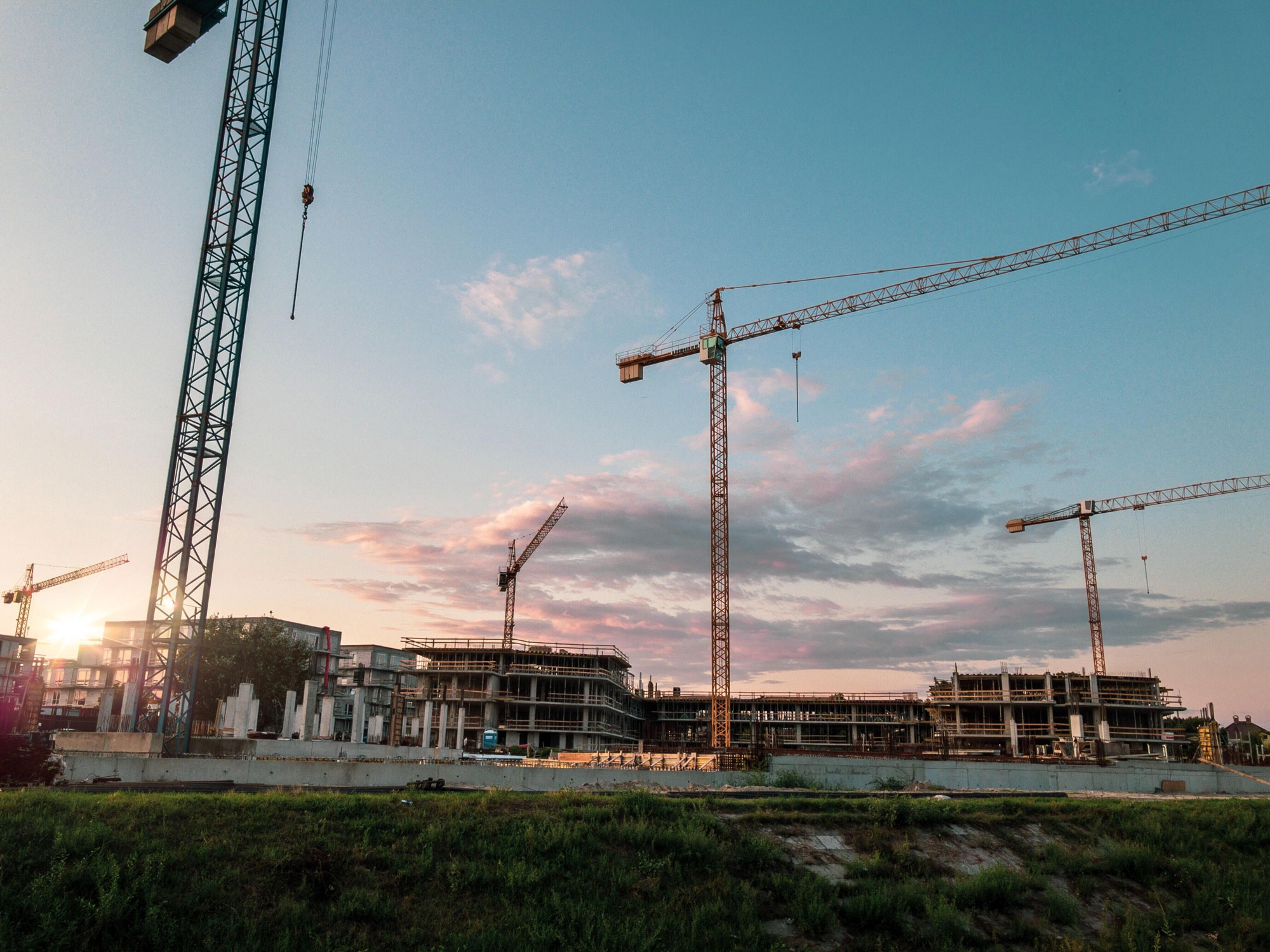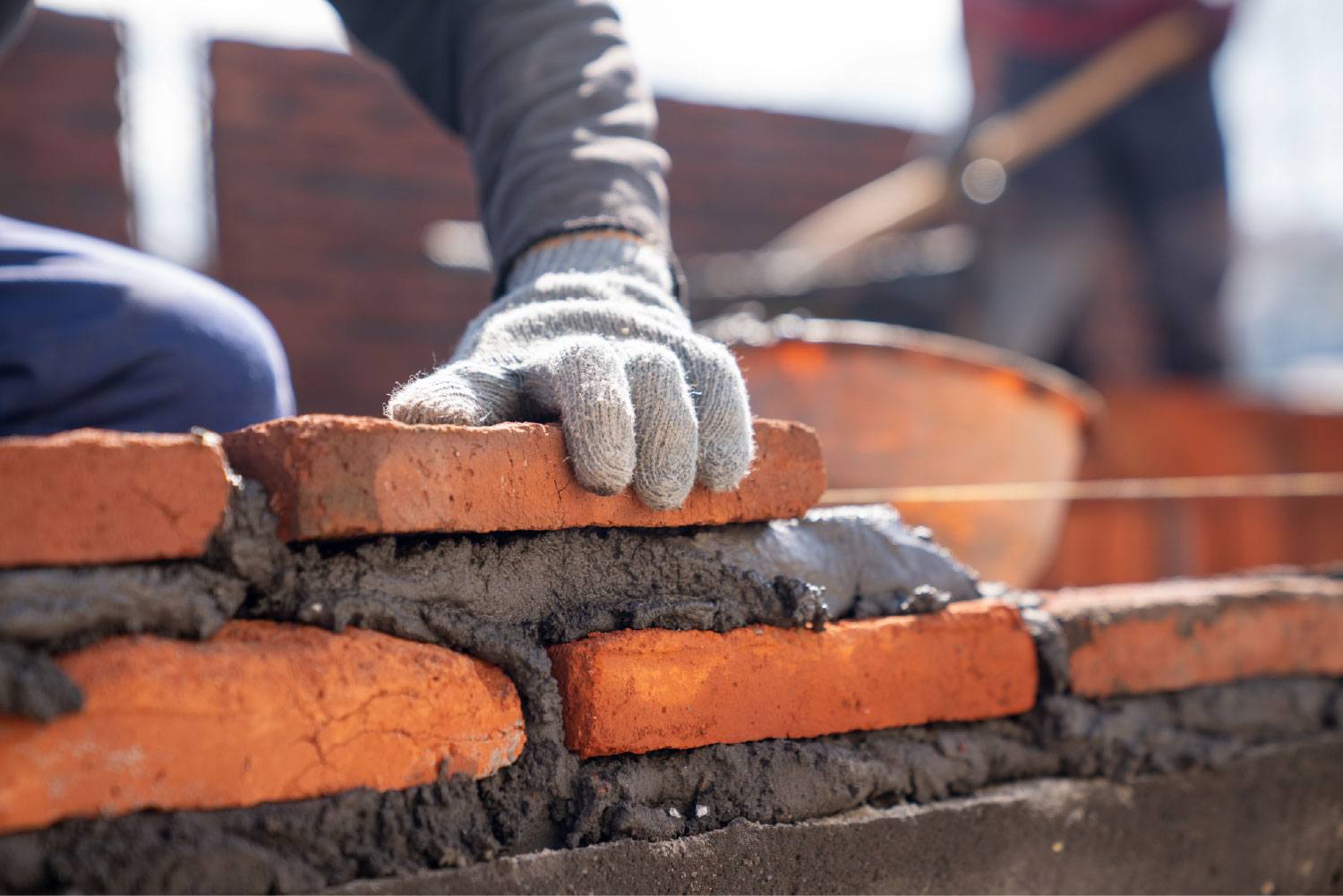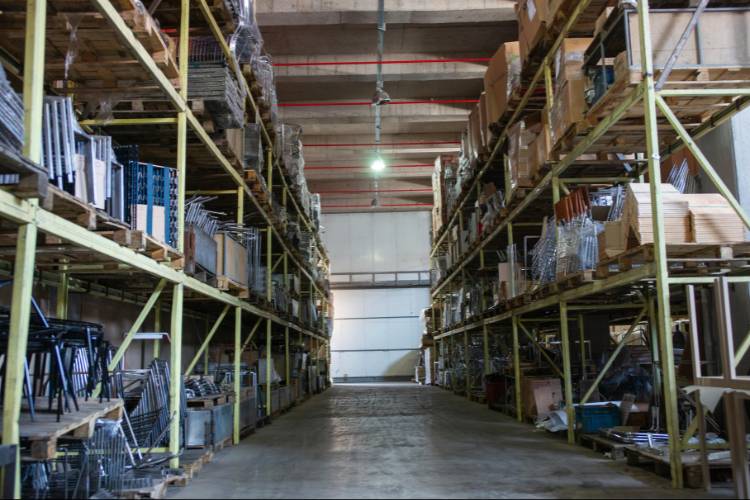Fire safety is incredibly important, and to that end, it’s critical for construction professionals to know how a building will perform in the event of a fire as they set about constructing it. Builders classify buildings into different types based on their fire resistance. And the type of construction considered the most robust and able to last the longest in a fire is Type 1 construction. Here, we’ll explain what Type 1 construction is, what projects use this type of construction, and what materials are used for it, along with examples of Type 1 construction. We previously covered Type 2 construction.
Table of Contents
What is Type 1 Construction?
Type 1 construction, known as fire-resistive construction, provides the highest level of fire protection among the other four types of construction. Type 1 structures are constructed with highly durable materials to withstand high temperatures for an extended time without collapsing.
All building elements must be non-combustible for the building to be classified as Type 1. These elements include the structural frame, exterior and interior bearing walls, exterior and interior non-bearing walls and partitions, and floor and roof construction. This design aids in preventing a fire from spreading throughout the building.
Type 1 construction is commonly found in high-rise buildings over 75 feet tall and Group I occupancies or facilities that provide care or supervision to people.
In case of a fire in Type 1 constructions, the main goal of firefighters is to secure the stairwells to ensure a safe evacuation of building occupants.
Fire-resistance test
A fire-resistance test determines a building’s ability to meet some or all of the relevant criteria specified in the standard for a specified period. It categorizes all buildings from Type 1 to Type 5, with Type 1 being the most fire-resistant and Type 5 being the most combustible.
The standard fire resistance test measures how long the building elements can withstand fire. The test assesses the following criteria:
Integrity- The element remains in position with no visible signs of collapse, disintegration, or sagging when subject to a standard temperature.
Insulation- The unexposed face does not show a temperature rise exceeding 140°C above ambient. Moreover, the load-bearing capacity is maintained.
Smoke rating- If a smoke control door or fire door is added to the building, the term SM (Smoke Rating) is added to the Fire-resistance rating.
The fire-resistance rating (FRR) is determined by the time the element fails.
Two Sources for Construction Types
The Insurance Services Office (ISO) and the International Building Code (IBC) are what you would use to determine whether a building is of Type 1 construction. Insurance companies typically use ISO, while architects and builders use IBC.
ISO provides data, risk management, underwriting, and legal services to insurers and clients. At the same time, IBC is a code developed by the International Code Council (ICC) that serves as the foundation for local and state regulations and helps ensure that standards are consistent across the United States. It’s more descriptive than the ISO and includes A or B types of construction.
A- A building’s structural members have an additional fire-rated coating or cover that increases the structural members’ fire resistance by at least one hour.
B- A building’s structural members do not have an additional fire-rated coating or cover, and building elements rely solely on their natural ability to withstand fire.
Types of Type 1 Construction
Type 1 construction is further divided into two types: 1A and 1B. These categories are determined by how long they can handle the fire.
Type 1A – This type is commonly found in high-rise buildings and Group I occupancies. Group I occupancies include buildings occupied by more than 16 persons on a 24-hour basis in custodial care. For this type, you can expect at least:
- 3-hour protection from exterior walls
- 3-hour protection of the structural frame
- 2-hour protection from the floor or ceiling assembly
- 1-and-a-half-hour protection from the roof
Type 1B– This type is commonly found in mid-rise office & Group R buildings or buildings used for sleeping purposes). For this type, you can expect at least:
- 2-hour protection from the exterior walls
- 2-hour protection from the structural frame
- 2-hour protection from the ceiling or floor separation
- 1-hour protection from the ceiling or roof assembly
These projects are of Type 1 construction because constructing with the most heavy-duty and fire-resistive materials is essential to their inhabitants’ safety. It provides sufficient time for evacuation and helps firefighters extinguish the fire more easily. It’s also especially needed as these projects are typically for sleeping purposes.
What Materials are Type 1 Buildings Constructed With?
Type 1 construction is made of reinforced concrete and protected steel. Protected steel refers to steel that has been coated with a fire-resistant coating. These building materials can withstand high temperatures for an extended period.
All structural materials used for this project are non-combustible and expected to resist fire for up to four hours. However, steel can be exposed over time. Therefore protection wears down.
The roofs and windows in Type 1 constructions also cannot be easily penetrated, making it challenging to allow ventilation in case of fire. Other buildings have specialized HVAC systems and self-pressurized stairwells. These systems help mitigate the spreading of fire.
What are the drawbacks of Type 1 Construction?
The advantage of Type 1 construction is obvious because it provides the highest level of safety. However, one disadvantage is that these structures are more expensive to construct.
Smoke seals, self-closing fire doors, and smoke doors on elevators are all common features of high-rise buildings. Given the quantities and sizes required for poured concrete and steel, these costs will be added to the already expensive materials.
Regardless, the benefits of safety will always outweigh the costs. Skyscrapers are difficult to evacuate, so preventing fire spread to other areas is critical and well worth the cost.
What are Type 1 Construction Examples?
The mid-rise to high-rise buildings include everything from apartment buildings to hotels and offices. However, as mentioned in the types 1A and 1B construction, they are usually Groups I and R occupancy buildings.
Group I occupancy buildings include:
- Group homes
- Social rehabilitation facilities
- Assisted living facilities
- Alcohol and drug centers
- Halfway houses
- Residential Board and care facilities
On the other hand, Group R buildings include those for sleeping purposes not classified as an institutional group. These are also buildings not regulated by the International Residential Code. These include:
- Hotels
- Motels
- Apartment houses
- Convents
- Dormitories
It’s helpful for subcontractors to acquaint themselves with the different types of fire resistance in buildings. This only expands upon their existing construction knowledge and could help them as they navigate new projects.







